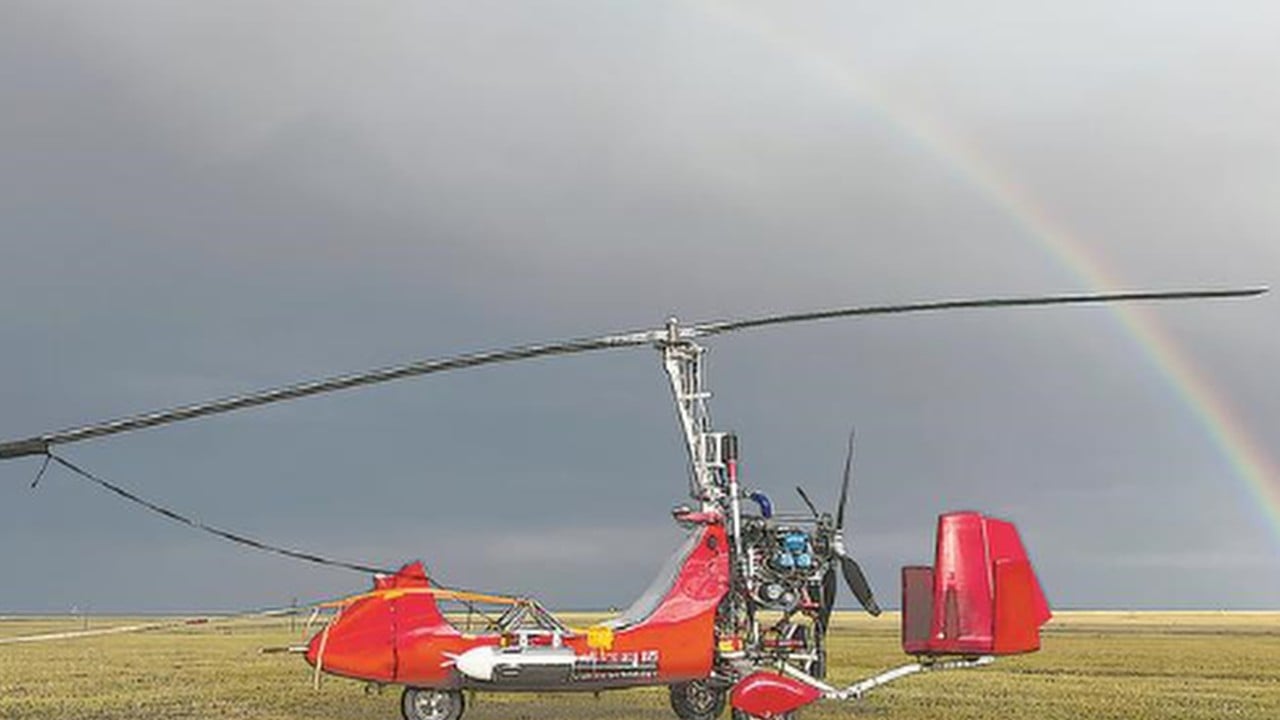Chinese government scientists have released the results of a weather modification experiment in the dry western region of Xinjiang.
Advertisement
A fleet of cloud seeding drones increased rainfall by over 4 per cent across more than 8,000 sq km (3,089 sq miles) in a day, according to the project team led by Li Bin, senior engineer with the China Meteorological Administration (CMA).
The operation generated more than 70,000 cubic metres (18.5 million gallons) of additional precipitation – enough to fill 30 Olympic-sized 2 metre-deep (6.5 feet) swimming pools – using 1kg (2.2 Ibs) of silver iodide, a common cloud-seeding compound.
This amount of silver iodide powder, six times the density of water, can barely fill a travel mug.
The test, led by the CMA’s key laboratory of cloud-precipitation physics and weather modification in Beijing, was detailed in a peer-reviewed paper published in Chinese-language journal Desert and Oasis Meteorology on April 10.
Advertisement
Two models of medium-sized drones ascended to altitudes of 5,500 metres (18,000 feet) on July 9, 2023, releasing the silver iodide through four consecutive flights over the Bayanbulak Grasslands, according to the study.

